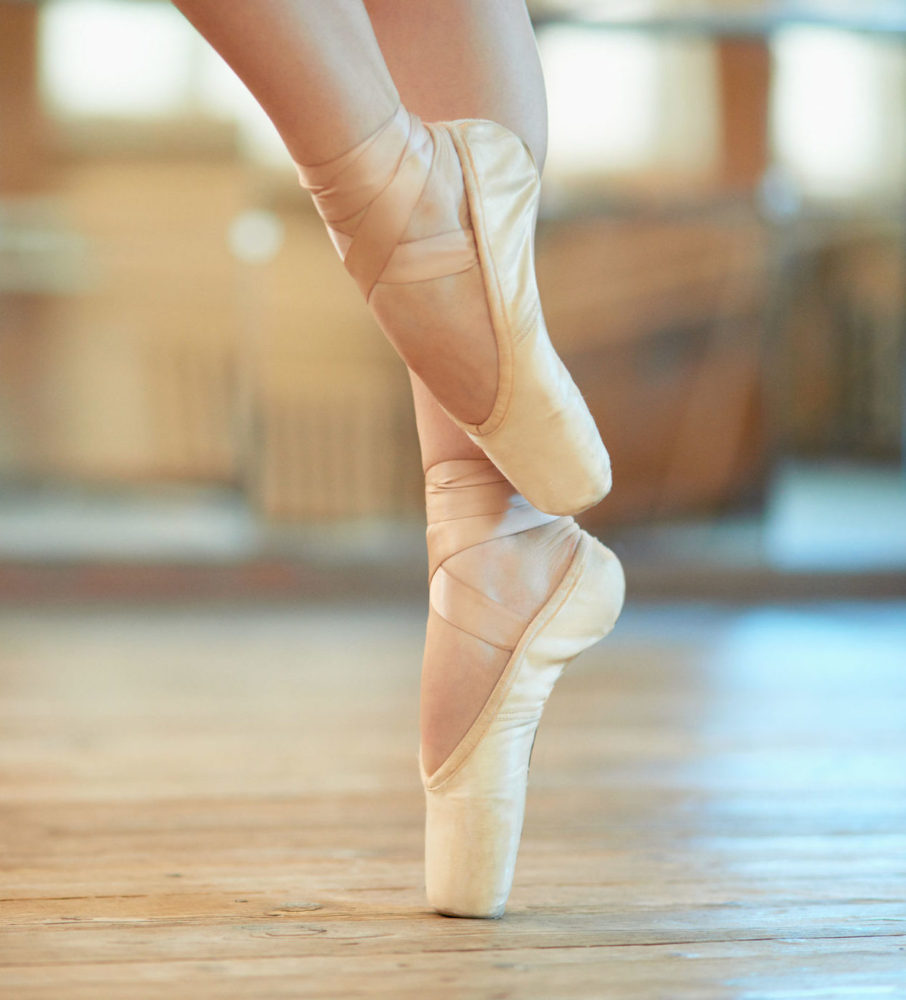 Whether you’re a professional or trying out ballet for the first time, dancing can take a huge toll on your feet and ankles. Previous research has shown the more than half of surveyed dancers have reported a foot or ankle injury at some point in their life, and considering the circumstances, it’s honestly surprising that the percentage isn’t higher. But what injuries are most common in dancers, and how can they be prevented? We answer those questions in today’s blog.
Whether you’re a professional or trying out ballet for the first time, dancing can take a huge toll on your feet and ankles. Previous research has shown the more than half of surveyed dancers have reported a foot or ankle injury at some point in their life, and considering the circumstances, it’s honestly surprising that the percentage isn’t higher. But what injuries are most common in dancers, and how can they be prevented? We answer those questions in today’s blog.
Common Foot-Related Dance Injuries
Here’s a look at some common injuries that affect dancers, and what you can do to prevent and treat the conditions.
Ankle Sprains – Sprained ankles are some of the most common injuries that dancers suffer. This isn’t all that surprising though, as dancing often involves rapid directional changes, twisting, turning, jumping and landing. The good news is that most sprained ankles can be treated by using conservative care measures like RICE – Rest, Ice, Compression and Elevation.
Shin Splints – Shin splints occur when microtears in the muscle and microfractures in the shinbone occur due to overuse. Dancers often practice their craft for hours a day and many days a week, so it’s easy to see how overuse injuries can occur if you’re not careful. Rest is often the best treatment for shin splints, but you can also benefit from cross-training exercises that strengthen your feet by working different muscle groups than the ones you target during your dance routine.
Dancer’s Fracture – A dancer’s fracture is an injury involving a fracture of the fifth metatarsal bone in your foot (the long bone that runs from your midfoot to your little toe). Oftentimes this injury occurs when a dancer jumps and lands with too much force on the outside of their foot. This injury will keep you from dancing for a few weeks, and while conservative care options may provide relief, many dancers experience improved healing results after undergoing a minimally invasive surgical operation to ensure the bone heals as it should.
Dancer’s Heel – Another injury that get’s its name from the sport that often contributes to its development is Dancer’s Heel. This occurs when a dancer’s ankle has undertaken a significant amount of stress, and this leads to the formation of a painful bump on the back of the heel. This can prevent them from being able to perform some moves due to pain, and like the above point, it can be treated with rest and pain medications or surgery.
Hammertoes and Bunions – We’re putting these two injuries together because they have the same underlying cause – tight fitting shoes that shift the natural alignment of the toes. When you’re not dancing, try to wear comfortable shoes with a wide toe box so that your toes are free to lay forward and flat. Both conditions can be treated with non-operative methods if caught early enough, but if ignored until it has progressed to a later stage, surgery may be the only option.
Plantar Fasciitis – Finally, another common injury that we see often among dancers is plantar fasciitis. This condition occurs when the plantar fascia, which connects the heel to your toes, is overstressed, causing inflammation to develop. As is the case with most overstress injuries, plantar fasciitis responds well to rest, but physical therapy should also be added to strengthen key areas of the foot. Powering through the pain can make things worse, so treat plantar fasciitis at the first sign of a problem.